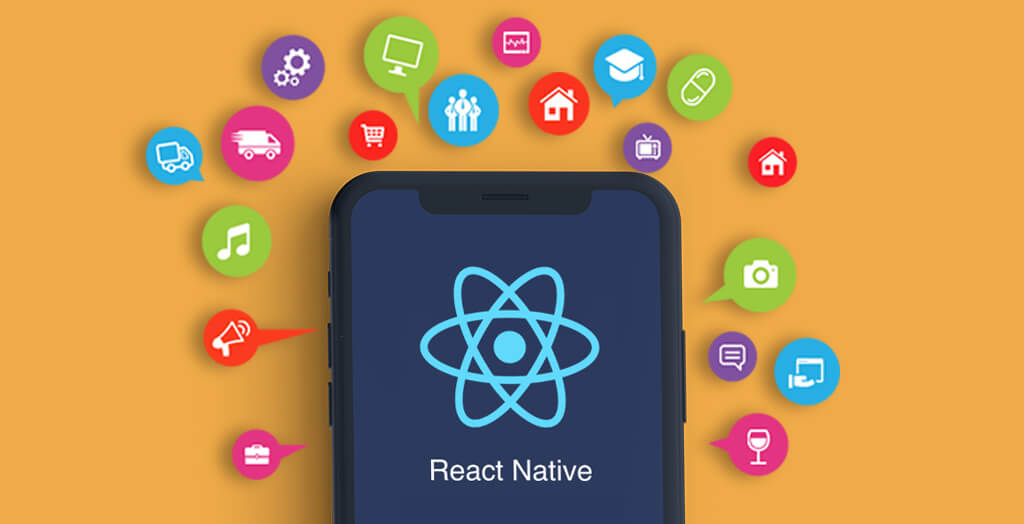Introduction
In the ever-evolving landscape of digital content, Artificial Intelligence (AI) has emerged as a transformative force, revolutionizing the way content is created, curated, and consumed. This article explores the multifaceted role of AI in content creation, from generating text to enhancing creativity and efficiency in various industries.
1. Automated Content Generation
1.1 Text Generation Algorithms*
- AI-powered text generation algorithms, such as OpenAI’s GPT-3, have made significant strides in producing coherent and contextually relevant content. These algorithms analyze vast datasets to generate human-like text, reducing the time and effort required for content creation.
1.2 Applications in Journalism and Copywriting*
- AI is increasingly being used in journalism and copywriting to draft articles, news reports, and marketing content. While AI can generate initial drafts, human editors add the nuanced touch that ensures the final content aligns with the intended voice and style.
2. Content Personalization and Recommendation
2.1 Analyzing User Behavior*
- AI algorithms analyze user behavior, preferences, and interactions with content platforms to deliver personalized recommendations. This enhances user engagement by presenting content that aligns with individual interests.
2.2 Enhanced User Experience*
- Personalized content recommendations contribute to an improved user experience, fostering user loyalty and satisfaction. AI-driven systems continuously learn from user interactions, refining recommendations over time.
3. Creative Assistance and Ideation
3.1 AI-powered Creativity Tools*
- Creative professionals leverage AI-powered tools for ideation and inspiration. These tools analyze trends, user feedback, and creative patterns to provide suggestions and insights that fuel the creative process.
3.2 Design and Visual Content Creation*
- AI extends its influence to visual content creation, assisting designers in generating graphics, layouts, and even video content. This streamlines the design process and allows creatives to focus on higher-level conceptualization.
4. Natural Language Processing (NLP) for Content Understanding
4.1 Contextual Understanding*
- NLP, a subset of AI, enables machines to understand and interpret human language in context. This capability is harnessed in content creation to ensure that AI-generated text is contextually accurate and aligns with the intended message.
4.2 Sentiment Analysis and Tone Matching*
- AI applications include sentiment analysis to gauge the emotional tone of content. This ensures that the generated content aligns with the desired sentiment, whether it’s informative, persuasive, or entertaining.
5. Challenges and Ethical Considerations
5.1 Ensuring Accuracy and Quality*
- The challenge lies in ensuring the accuracy and quality of AI-generated content. Human oversight is crucial to review and refine machine-generated content to meet the standards of authenticity and relevance.
5.2 Addressing Bias in AI Algorithms*
- AI algorithms may inadvertently perpetuate biases present in training data. Striving for fairness and mitigating bias in content creation algorithms is an ongoing challenge that requires careful consideration and continuous refinement.
6. Future Trends and Collaborative Workflows
6.1 Hybrid Approaches*
- The future may witness hybrid approaches, where AI and human creators collaborate seamlessly. AI assists in repetitive and data-driven tasks, freeing up human creators to focus on strategic thinking, ideation, and refining the emotional and creative aspects of content.
6.2 AI in Multimodal Content Creation*
- AI’s role in content creation is expanding into multimodal formats, combining text, images, and video. This opens up new possibilities for creating immersive and engaging content experiences.
Conclusion
AI’s role in content creation is a dynamic and evolving one, with its influence extending across industries. From automated text generation to personalized content recommendations and creative assistance, AI is reshaping how content is conceived and delivered. As we navigate the challenges and ethical considerations, the collaborative synergy between AI and human creativity promises a future where content creation is both efficient and enriched by the unique touch of human ingenuity.
FAQs
- How does AI contribute to content creation?
- AI contributes to content creation through automated text generation, content personalization, creative assistance, and natural language processing to ensure contextual understanding and tone matching.
- In which industries is AI used for content creation?
- AI is used in journalism, copywriting, marketing, design, and various creative industries to automate tasks, enhance creativity, and personalize content delivery.
- What challenges are associated with AI in content creation?
- Challenges include ensuring the accuracy and quality of AI-generated content, addressing biases in algorithms, and striking a balance between AI assistance and human creativity.
- How does AI contribute to personalized content recommendations?
- AI analyzes user behavior and preferences to deliver personalized content recommendations, enhancing user engagement and satisfaction.
- What is the future trend in AI’s role in content creation?
- The future may see hybrid approaches where AI and human creators collaborate, and AI’s role extends to multimodal content creation, incorporating text, images, and video for immersive content experiences.









